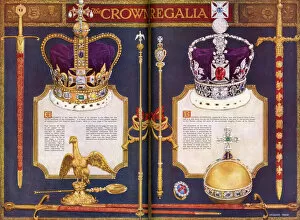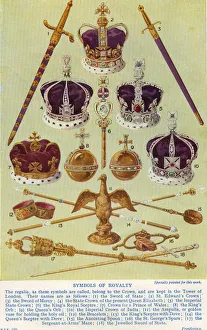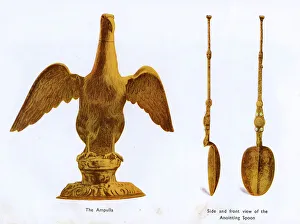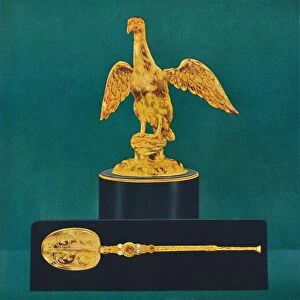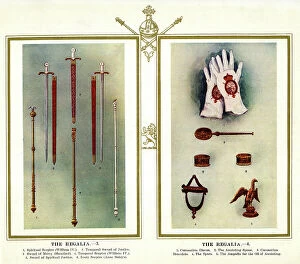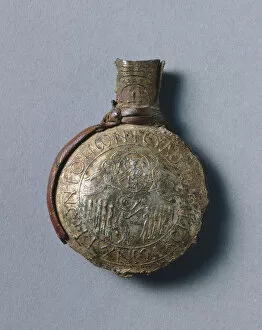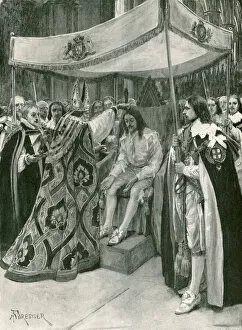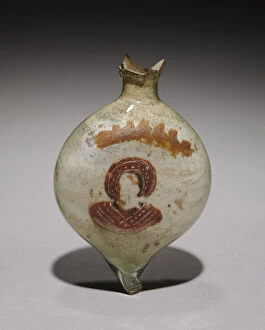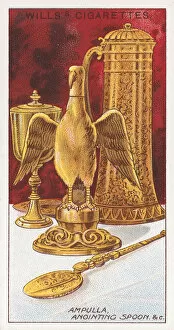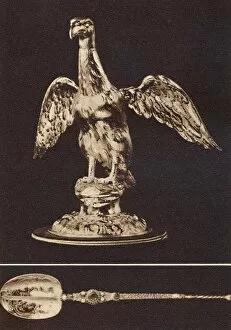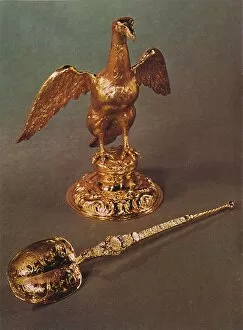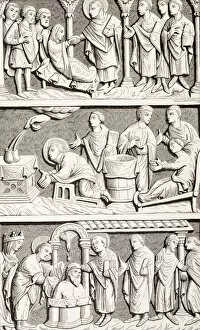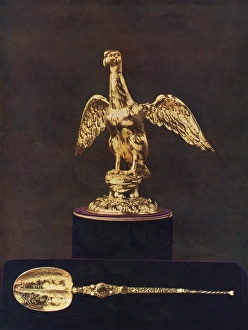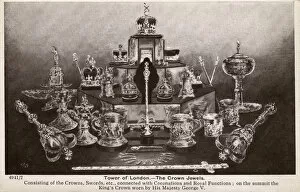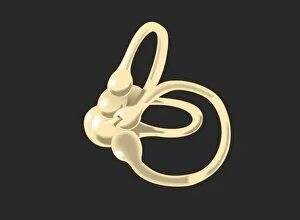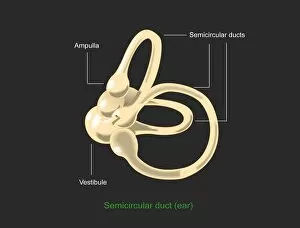Ampulla Collection
The ampulla, a symbol of regal power and divine authority, has played a significant role in the grandeur of coronations throughout history
All Professionally Made to Order for Quick Shipping
The ampulla, a symbol of regal power and divine authority, has played a significant role in the grandeur of coronations throughout history. Among the Crown Regalia displayed during the iconic 1953 Coronation was St. Edward's crown, accompanied by the state regalia kept at the Tower of London, and is within this collection that we find Royal Regalia numbers three and four: The Ampulla and Anointing Spoon. Dating back to the Coronation of 1937, an unforgettable moment unfolded as Archbishop Lang anointed Queen Elizabeth with holy oil using this sacred vessel. Crafted with exquisite detail by an unknown creator, The Ampulla (or Golden Eagle) holds immense historical significance. Legend intertwines with its existence as it is said to have been inspired by a vision granted to Thomas A Becket when he encountered the Virgin Mary herself. This captivating tale adds mystique to this timeless artifact. Adorned in light blue lentoid flask design featuring intricate white, black, and yellow dragged feather patterns lies another variation of this revered item – a pilgrim's ampulla depicting scenes from both Crucifixion and Ascension. Not only reserved for royal ceremonies but also associated with pivotal moments in history like Charles I's anointing depicted through lithographs; these vessels hold stories that transcend time itself. As we delve into their rich history showcased through illustrations such as "The Legend of Coronation Oil, " one cannot help but marvel at their beauty and profound symbolism. These precious artifacts are more than mere objects; they embody tradition, spirituality, and continuity within our monarchy. Within each delicate curve lies centuries worth of reverence bestowed upon monarchs past and present - reminding us all that even amidst changing times, some traditions remain steadfastly cherished.

